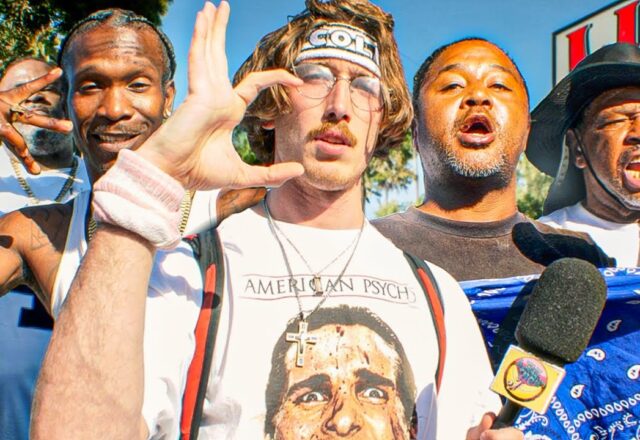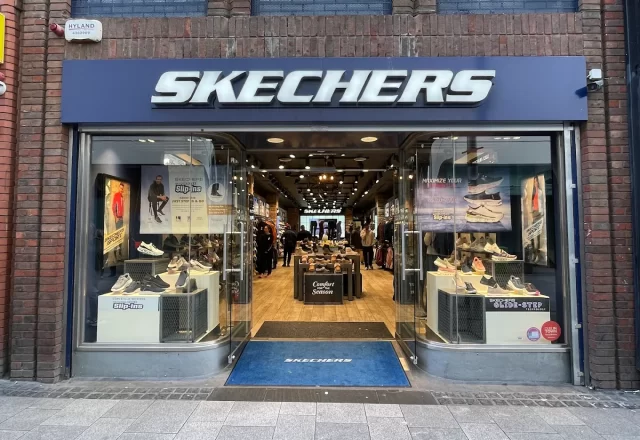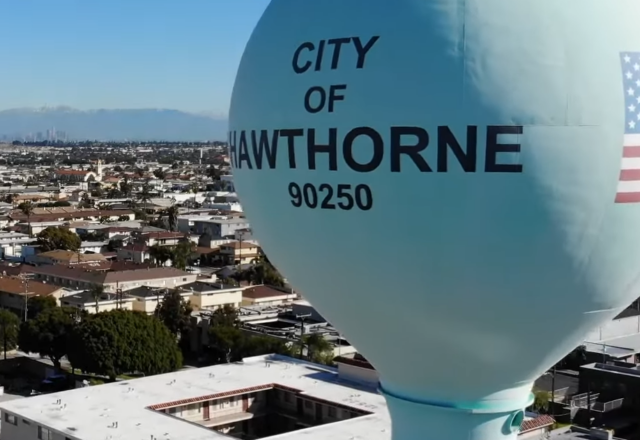A Road Tour From Palisades to Huntington Beach
Category: Los Angeles
Irvine Living
Irvine life: reality versus perception. Abundant Parks and Green Spaces: Irvine boasts numerous parks, often within close proximity to residential areas, offering various amenities like pools and tennis courts. Master-Planned City with Amenities: Initially conceived as a suburb, Irvine has evolved into a self-contained city with extensive retail, commercial, and office spaces, including a major university (UC Irvine) and a regional airport. High Cost of Living: Irvine’s desirability contributes to a high cost of living, with median single-family home prices around $1.9 million. Coastal areas and new constructions command even higher prices. Highly Ranked Schools: The Irvine Unified School District consistently ranks among the best in Orange County and the nation, attracting families but also creating a highly competitive academic environment. Safety and Crime: Irvine consistently ranks as one of the safest cities in America, although individual perceptions of safety can vary. The city prioritizes safety and maintains a strong reputation in this regard.150
Historical LA
Los Angeles street names: history and stories. Early Los Angeles Street Names: Many current street names originated from the 1849 Or survey, incorporating Spanish names reflecting the city’s early Mexican period. Examples include Spring Street (Calle Prima, Calle de la Caridad, Calle del Cura), Los Angeles Street (originally Calle Principal), and others derived from calle (street) and descriptive names. The Or survey mistakenly designated Los Angeles Street as Calle Principal, leaving Main Street as a less significant thoroughfare. Influence of Landmarks and Origins: Street names often reflected natural landmarks (e.g., Aliso Street for a sycamore tree) or the origins of settlers (e.g., Kenoga Park, Chatsworth). Impact of Land Development and Events: Street names were shaped by land developments, ranchos (e.g., Rancho Las Virgenes), housing tracts, and historical events. Names also reflect early farming, the oil industry, and the movie industry’s growth. Mexican and American Legacies: Street names reflect both Mexican (e.g., Pico Street, Figueroa Street) and American influences (e.g., streets150
South Central LA
Avalon Gangster Crips: LA life, danger. The Avalon Gangster Crips: History and Identity: The Avalon Gangster Crips are one of the oldest Crips sets in Los Angeles, originating around 53rd Street in 1971. They are fiercely independent and consider themselves “top gangsters,” not beholden to other sets. Life in South Central LA: Life in the neighborhood is depicted as extremely dangerous and violent, with constant threats and potential for altercations. The interviewees emphasize the importance of knowing who is and isn’t from the neighborhood to avoid trouble. Gang Culture and Loyalty: Loyalty and respect for elders are emphasized as core values, though these are said to be waning among younger generations. The gang is portrayed as a family, providing support and structure to its members, especially those lacking familial support. Violence and its Causes: The video shows how quickly situations can escalate to violence, even among those who consider themselves friends or family.150
Los Angeles Living
00:00 Los Angeles Intro 1:02 Hollywood Walk of Fame 1:22 La Brea Tar Pits 2:33 Academy Museum of Motion Pictures 2:52 Petersen Automotive Museum 3:24 Rodeo Drive 4:14 Griffith Observatory 5:10 Hollywood Sign Hike 5:31 Grand Central Market 6:10 Bradbury Building 6:34 Angels Flight 7:05 Museum of Contemporary Art 7:22 The Broad 7:30 LA Philharmonic 7:48 LA Zoo 8:07 Autry Museum 8:30 The Getty 9:13 Descanso Garden 10:00 Santa Monica Pier 10:49 Echo Park 11:21 Universal Studios 12:15 Pasadena 12:46 The Huntington Library 13:55 Venice Beach 14:46 The Grove 15:30 Farmers Market 16:22 Ventura Harbor 16:59 Hermosa Beach 17:42 Long Beach 18:26 Manhattan Beach 19:08 Malibu 19:59 Palos Verdes 21:06 Redondo Beach 22:25 Food 23:00 Ride the Amtrak 23:35 John Wayne Airport Things to do in L.A. / Los Angeles Hollywood Walk of Fame: Explore the iconic Walk of Fame, visit Madame Tussauds Hollywood, and see the TCL Chinese Theatre. La150
Hawthorne Plaza – ghost town
Hawthorne Plaza’s California history. Development and Opening (1969-1977): The Hawthorne Plaza, Los Angeles County’s 32nd mall, opened in 1977 after a period of planning and construction beginning in 1969. Initially conceived as an open-air complex, it was redesigned as a fully enclosed mall, featuring 835,000 leasable square feet, 130 stores, and three anchor stores (Broadway, Montgomery Ward, and JCPenney). Early Success and Decline (1977-1990s): While initially popular, the mall experienced a decline in the 1980s and 1990s. Contributing factors included economic downturn in the area (due to aerospace job cuts), socioeconomic shifts, increased competition from other malls, and rising crime rates. Closure and Failed Redevelopment Attempts (1990s-2018): The mall’s decline accelerated with the closure of its anchor stores (starting with Broadway in 1995). It officially closed in 1999. Numerous redevelopment plans were proposed over the years (including a mixed-use complex), but none came to fruition. The site was used for filming various150
Manhattan Beach – Whatever Happened To LA Gear= Sketchers?
LA Gear, founded in 1983 by Robert Greenberg, Ernest Williams, and Stephen Williams, initially operated from Los Angeles, California. The company experienced rapid growth in the late 1980s, becoming the third-largest athletic shoe company in the United States by 1990. However, facing financial challenges, LA Gear consolidated its operations and relocated its headquarters to Santa Monica, California, in the early 1990s. After filing for Chapter 11 bankruptcy in 1998, LA Gear transitioned from manufacturing to focusing solely on licensing its brand for footwear, apparel, and accessories. As of 2025, LA Gear continues to operate as a licensor, with its headquarters based in Los Angeles, California. Robert Greenberg, after departing from LA Gear in 1992, founded Skechers in Manhattan Beach, California. Initially, Skechers served as a distributor for Doc Martens footwear in the U.S. The company’s first headquarters was Greenberg’s Manhattan Beach condominium at 26th St. and The Strand.150
Hawthorne Living
Hawthorne Plaza’s California history. Development and Opening (1969-1977): The Hawthorne Plaza, Los Angeles County’s 32nd mall, opened in 1977 after a period of planning and construction beginning in 1969. Initially conceived as an open-air complex, it was redesigned as a fully enclosed mall, featuring 835,000 leasable square feet, 130 stores, and three anchor stores (Broadway, Montgomery Ward, and JCPenney). Early Success and Decline (1977-1990s): While initially popular, the mall experienced a decline in the 1980s and 1990s. Contributing factors included economic downturn in the area (due to aerospace job cuts), socioeconomic shifts, increased competition from other malls, and rising crime rates. Closure and Failed Redevelopment Attempts (1990s-2018): The mall’s decline accelerated with the closure of its anchor stores (starting with Broadway in 1995). It officially closed in 1999. Numerous redevelopment plans were proposed over the years (including a mixed-use complex), but none came to fruition. The site was used for filming various movies150
Long Beach Living
Exploring Long Beach, California: A Nostalgic Tour of the City’s Best Spots Long Beach, California, is a vibrant coastal city with a rich history, diverse culture, and scenic beauty. In this article, we take a nostalgic journey through Long Beach, revisiting some of the city’s most iconic locations and hidden gems. Whether you’re a local or planning a visit, this guide will give you a glimpse into what makes Long Beach a unique destination. 1. Bluff Park – Stunning Ocean Views and Green Spaces One of the first stops on our tour is Bluff Park, a picturesque location offering breathtaking views of the Pacific Ocean. This serene green space is perfect for jogging, picnicking, or simply enjoying the coastal breeze. Located along Ocean Boulevard, it’s a favorite spot among locals for yoga sessions and sunset walks. 2. Belmont Shore – The Heart of Long Beach’s Nightlife Belmont Shore is known150





